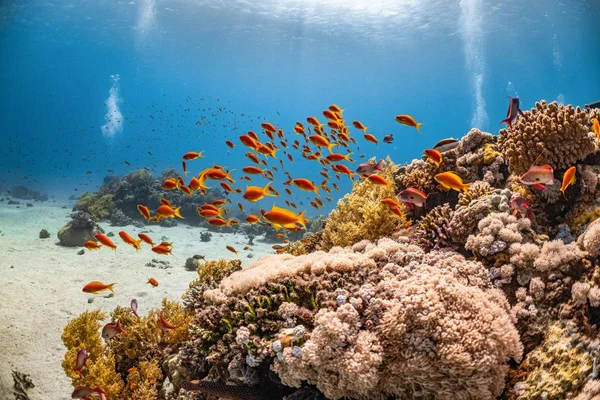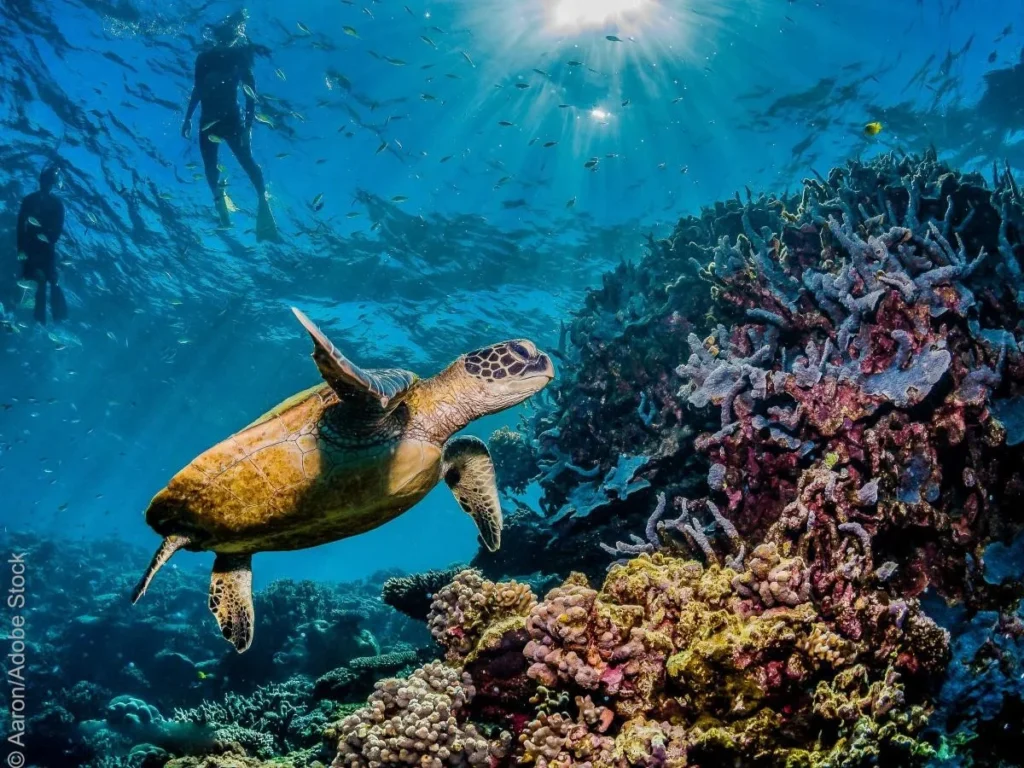The Blue Leaders High-Level Event on Biodiversity Beyond National Jurisdiction (BBNJ) was held recently in Belgium to urge nations to ratify the BBNJ Treaty.
Details of the Blue Leaders Event:
- The Blue Leaders High-Level Event was organized in order to protect the high seas from pollution, climate change and overfishing.
- The high seas are areas beyond 200 nautical miles from the Exclusive Economic Zones (EEZ) of coastal countries, but only 1.44% are protected.
- Countries like Belgium, Cape Verde, Greece, Monaco, Nigeria, Norway, and the United Kingdom participated in the event.
- Speakers decided to use the United Nations Ocean Conference to be held in 2025 as a platform to bring the BBNJ Treaty into force.
- Belgian offered to host the BBNJ Secretariat in Brussels.
- This would bring political insight and encourage swift ratification, entry into force, and implementation of the Treaty.
- Countries agreed to form BBNJ Treaty for the conservation and sustainable use of marine biological diversity in areas beyond national jurisdiction (BBNJ Treaty) in March 2023.
- The treaty aims to increase the percentage of protected areas on the high seas.
- The agreement was opened for signature in 2023, and would be closed on September 20, 2025, urging countries for ratification and aiding in the making process.
- After this deadline, countries can no longer sign it, but they can still accede to the treaty, which has the same legal status as ratification.
Benefits of the Treaty:
- It will ensure that profits from marine genetic resources (MGR)- materials of plant, animal or microbes are shared equitably and fairly.
- These resources find applications in medicine and pharma.
- It provides ground rules for Environmental Impact Assessments (EIA), for identifying and evaluating the potential impacts an activity could have on the ocean.
- Carbon sequestration activities or deep-sea mining, will have to do EIAs.
- Ocean-based carbon sequestration involves using oceans to remove carbon dioxide from the atmosphere.
- India is yet to sign the treaty, but discussed its implementation at the G20 New Delhi Leaders’ Declaration held in 2023.
Challenges:
- About 88 countries are signatories to the treaty, but only two (Chile and Palau) have ratified it so far, it would need ratification of at least 60 countries.
- There is no clarification on groundwork like functioning, consensus on budgets, and place for its Secretariat.
- Countries will also have to work to secure large-scale protection of marine life to address the accelerating climate and biodiversity crises.
- The Kunming-Montreal Global Biodiversity Framework was adopted in 2022 at the COP 15 to the UN Convention on Biological Diversity, it is difficult to achieve this target.
- Countries agreed to protect at least 30% of marine life by 2030, where high seas make up two-thirds of the ocean.
- After the enforcement of the treaty in 2025, only five years would be left to fast-track high seas protection.
- This will require a huge effort by all stakeholders, in terms of finances, rules, monitoring, etc.
- Conduction of EIA is another challenge and studies suggest ineffectiveness in sustainable use of marine biodiversity beyond national jurisdiction without strong scientific support.
- Although BBNJ decisions would be based on the best available science and scientific information, it does not require nor facilitate direct investment in scientific research.
- The authors make the case for strengthening support for scientific research through a strong and empowered Scientific and Technical Body.
About Blue Leaders:
- The Blue Leaders are an ambitious group of countries calling for urgent action to save the global ocean in the face of the climate crisis, overfishing, pollution, and other threats.
- It is composed of 24 member nations including Antigua and Barbuda, Austria, Belgium, Belize, Chile, Costa Rica, Croatia, Ecuador, etc.
Major Goals of Blue Leaders:
- Securing a new international target to protect at least 30% of the global ocean through a network of highly and fully protected marine areas by 2030.
- Rapid and successful conclusion of a Treaty for fully and highly protected marine areas in the high seas and strengthen management of human activities outside protected areas.
Ref:Source
| UPSC IAS Preparation Resources | |
| Current Affairs Analysis | Topperspedia |
| GS Shots | Simply Explained |
| Daily Flash Cards | Daily Quiz |



